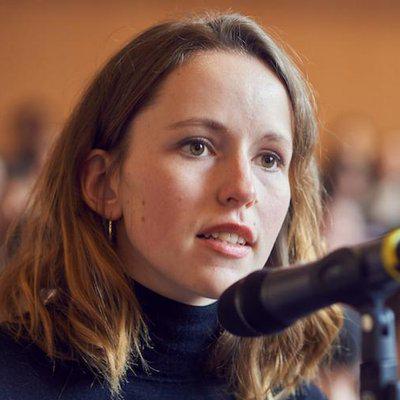Understanding the Complexity of Armed Violence in the 21st Century
Armed violence has progressively become more complex over the past three decades. Not only has the number of wars that are exclusively inter-state decreased – it has become increasingly difficult to distinguish between armed conflict and contexts that are shaped by regular instances of violence and crime without being considered in official statistics. The proliferation of non-state armed groups (NSAGs) and the rise of identity-driven insurgency has led to the assumption that we are dealing with an entirely new type of warfare, the so-called ‘new wars’.
Even though the idea that these wars are entirely new is debated, both within academic as well as in practitioners’ circles, the complexity of armed violence today does pose important challenges to the UN and its partners. This starts with the question of what non-state armed groups really are. Many of them are in fact not entirely ‘non-state’ but cultivate good relations to official authorities. Others emerge as self-defence militias, eventually questioning the state’s monopoly on the protection of its citizens. Many have links to organized crime networks and engage in the trafficking of drugs, weapons or natural resources. Distinctions and affiliations are blurry, which has led many experts to refrain from setting clear definitions. Instead, non-state armed groups need to be understood in their local context. Reducing them to labels and acronyms risks overlooking the cultural, economic and political structures and institutions that they are shaped by and that could offer entry points for reducing the impact of armed violence. Questioning simplistic assumptions and gaining a better understanding of the complex relationships and networks that today’s conflicts are shaped by will be key to designing truly inclusive and sustainable solutions for peace.
The UN’s work in this area has been hampered by a variety of factors, most notably its mandate. The UN operates in and with state governments, many of which oppose or actively fight armed groups that are active on their territory. The UN is therefore rarely perceived as a neutral actor, neither by host governments nor by armed groups. Besides safety considerations, engagement entails the risk of lending legitimacy to NSAGs, which is highly problematic, especially when those are sanctioned by the UN Security Council. However, as Ralph Mamiya pointed out in the IPI’s latest report on engaging NSAGs for the protection of civilians, such risks can be mitigated. A profound understanding of both the armed group and one’s own mandate can open up windows of opportunity for direct and indirect engagement to reduce violence and supporting people in need.
In order to fill knowledge gaps and develop comprehensive approaches for the analysis of NSAGs and the operationalisation in the field, building bridges both within and beyond the UN system is key. Organisations that are active in violence-affected areas have very distinct mandates and sets of expertise that can complete and complement each other. While humanitarian actors possess long years of experience in conducting access-oriented negotiations with NSAGs, insights from DDR processes might enable to better comprehend local perceptions, including those from combatants and ex-combatants. Academic literature, on the other side, highlights aspects that are often overlooked by practitioners and questions established ideas and mind-sets. Engagement with different disciplines such as psychology, political economy, sociology and anthropology contributes to a deeper understanding of the political, social and economic networks and power structures that drive and sustain NSAGs’ operations.
Non-state armed groups are a phenomenon of the ‘glocalised’ world. Local identity-driven rebellion can intersect with global illicit trade networks, recruitment might draw from ideological paradigms on the one side and socio-economic grievances on the other. One person’s terrorist can be another person’s freedom fighter. Analyses must therefore take into account the complex interconnections that exist between the group and the social system they are part of as well as the links between political, economic and identity-related factors.
However, there is no master plan for how to understand non-state armed groups. On the contrary, the illusion of clarity and complete understanding dismisses the realities on the ground. Allegiances, strategies and goals can change from one day to the other, groups are neither monolithic nor are their members clearly distinguishable from the civilian population. Far too often have complex identities been reduced to labels such as terrorist, criminal or insurgent, leading to unsustainable or even counter-productive practices on the ground. What is needed is open-mindedness and creativity, both for analysing non-state armed groups and for identifying entry points. Multifaceted analysis will not only benefit the operationalisation of direct engagement with NSAGs but also expose new windows of opportunity for addressing root causes of armed violence and designing more holistic solutions that bridge different areas of engagement.
The UNSSC offers a course on ‘Analysing and Understanding Non-State Armed Groups’, twice a year in different field locations across the world. The course is open to UN personnel and other partners from outside the UN system and has been developed in cooperation with the Oxford Changing Character of War Center.
For more information, feel free to contact peacesecurity@unssc.org
UN Photo by Marco Dormino
